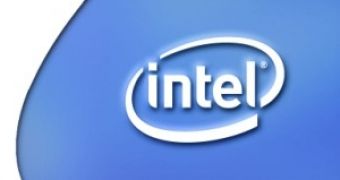EMCORE and Intel have just announced that they have reached an agreement regarding the acquisition of telecom-related part of Intel's Optical Platform Division for a final price of $85 million. Upon completion, EMCORE will become the owner of Intel's intellectual property, assets and technology relating to tunable lasers, tunable transponders, 300-pin transponders and integrable tunable laser assemblies.
"We are excited about this acquisition and the opportunity to continue building upon Intel's leading tunable laser technology, strong product quality and history of customer service and satisfaction. The acquired assets should drive substantial product cost reduction, and the combined product portfolio should enable EMCORE to gain a greater share of customer spending. EMCORE estimates these assets will generate $65 million of revenue in 2008, and believes this acquisition will accelerate its path to earnings per share profitability as expected in mid- 2008."
EMCORE expects the transaction to enhance the company's presence on the telecommunications market and expand its fiber optics product portfolio. At the same time, the newly purchased assets will generate $65 million of revenue in 2008 and will boost EMCORE's earnings per share profitability until mid-2008. The transaction is still subject to regulatory review and certain other closing conditions but will come to a close until the first quarter of the next year.
"The optical telecom components business continues to be an attractive market opportunity, but we believe this business and its assets are an optimal fit with EMCORE", said Doug Davis, vice president, Intel Digital Enterprise Group, and general manager, Embedded and Communications Group. "The two companies will work together following the close of the transaction to complete a smooth transition of the business."
Intel has sold all the telecom-related assets, which allows the chip manufacturer to focus its funds on processor research and development, and at the same time marks an end to a major failure in the communication sector.

 14 DAY TRIAL //
14 DAY TRIAL //